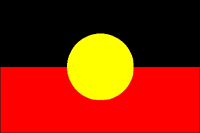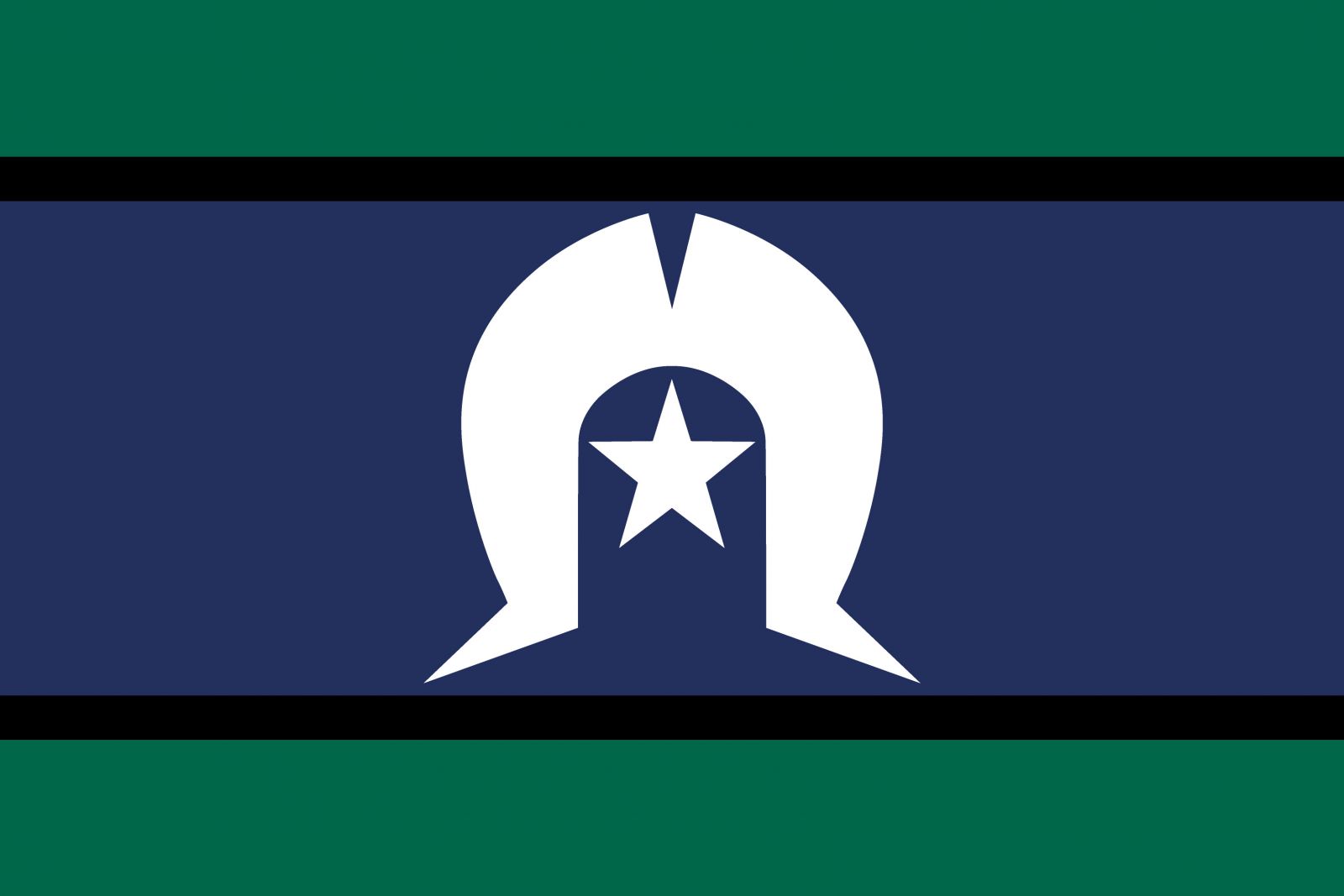Measuring reach
Reach is a process indicator that is useful to understand the extent to which a program or project attracts its intended audience. There are multiple levels or ways that reach can be measured. Reach can be expressed as people (individual reach), organisations, communities ('target groups') or places and is largely based on the scope of the initiative.
As an example, a school project with family involvement could reach 10 service providers (teachers/ staff), 450 individuals (students) and 420 families (inclusive of the students), within 10 schools, across 2 local government areas (LGA's).
The method of delivery used in some projects can make it difficult to accurately measure reach. For example, in advertising campaigns or downloads of a resource are not an exact measure of reach.
Measuring reach
Below are some methods you can use to measure reach.
-
Count all the people that have directly participated in the project within the last year (or time frame of the project) - this is the actual number of individuals who have participated and not the intended reach
-
If you are doing training sessions, count the number of sessions. If a participant attended a training series over multiple sessions that participant is only measured once
-
Another option is to calculate reach as a proportion. This can be calculated using a simple formula. The number of people/organisations reached divided by the potential number of people/organisations served
-
You could also measure reach within a specific geographical area. As a project grows the geographic reach may change from one local government area (LGA) to several, or one postal area to a whole LGA


